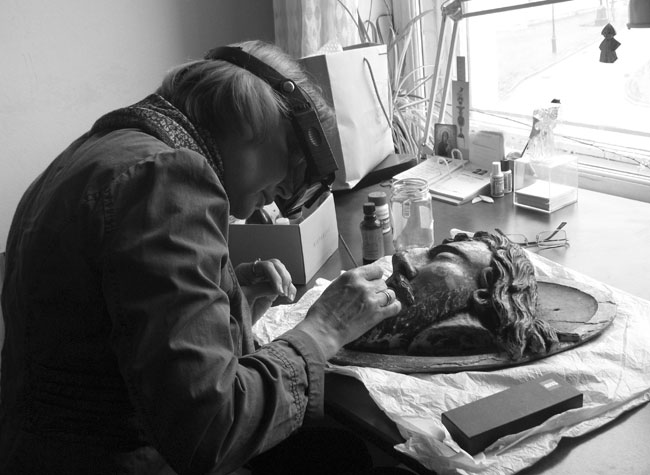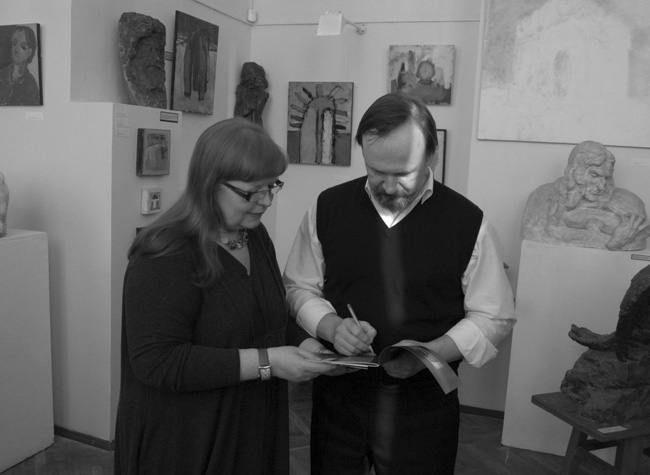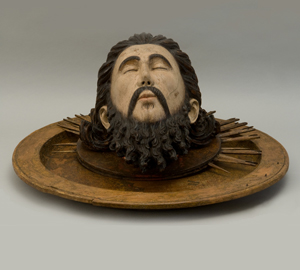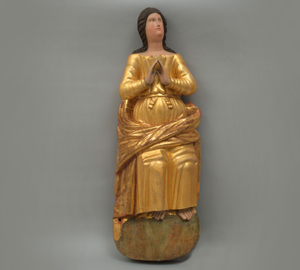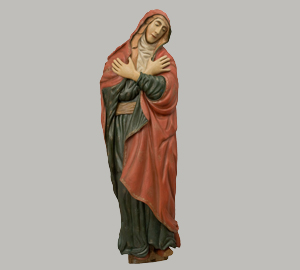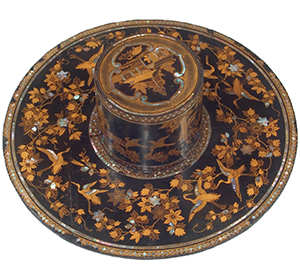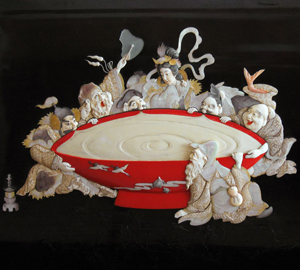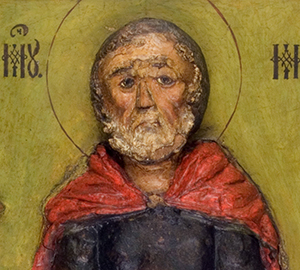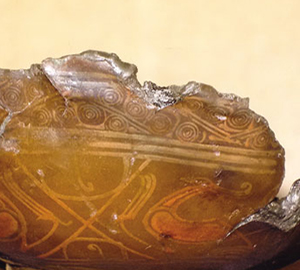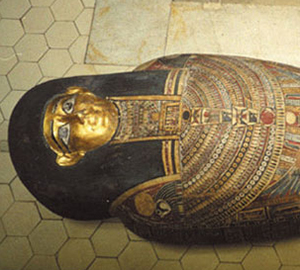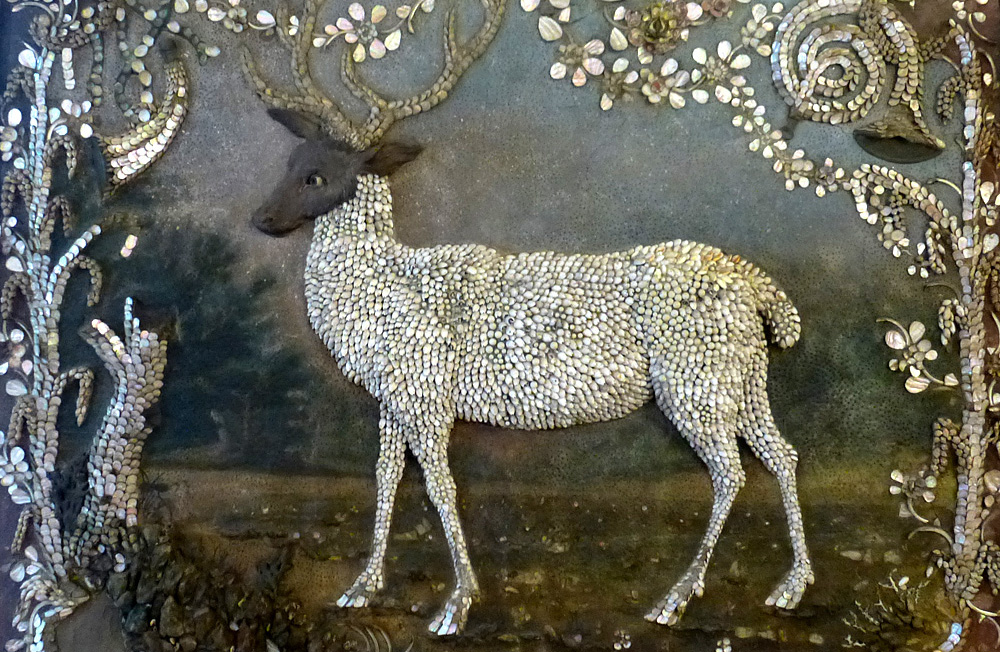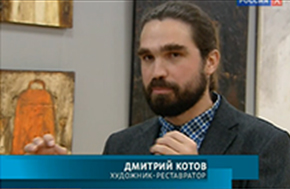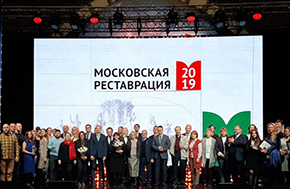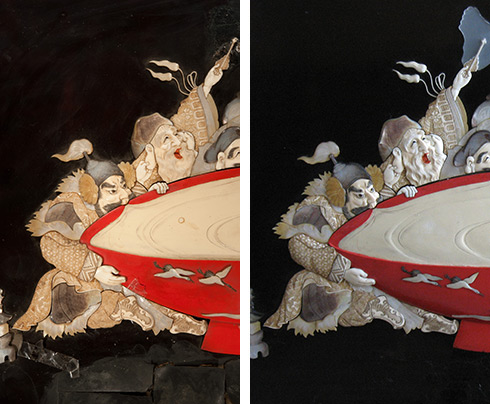
About the Workshop
The workshop for non-traditional restoration methods was opened in 2002. It researches and develops methods for restoring works of art that do not fall under the "classical" definitions of Russian restoration and which require a special approach. Special significance is given to work with archaeological wood. For example, a large-scale project to restore Ancient Egyptian polychrome sarcophagi was carried out by the workshop in collaboration with restorers from the Pushkin State Museum of Fine Arts. In addition, the workshop's specialists continue to work on the restoration and conservation of ancient Russian polychrome sculptures on various bases (mostly on wood) using non-traditional (not commonly used) technologies. Another area of work that is being developed by the workshop is the possible issues associated with restoring works of contemporary fine art, which has become increasingly important in recent years. Specifically, the workshop's staff restore contemporary wooden sculptures.
Alongside its restoration activities, the workshop develops scientific, research and experimental areas. The very essence of the workshop's activities is to continually develop new, quite literally "non-traditional" restoration methods, which also includes testing and classifying them.
An important sphere of our experts' interests is the study, conservation and restoration of works of art produced using East Asian lacquer as part of the workshop's specialism – polychrome wood-based works.
Approximately 20 works of art are restored annually
Every year, the experts at the workshop for non-traditional restoration methods restore around 20 works of art, including exhibits for such prestigious museums as the State Tretyakov Gallery, the Pushkin State Museum of Fine Arts, the Moscow Kremlin Museum-Reserve and the Central Andrey Rublev Museum of Ancient Russian Culture and Art, among others.
Learn more >The workshop for non-traditional restoration methods has been in operation at the Centre for over 10 years
The workshop was formed in 2002 from employees in the Department of Polychrome Wooden Sculptures and the Department of Chemical and Technological Research of the Grabar Art Conservation Centre.
Learn more >Gallery of Works
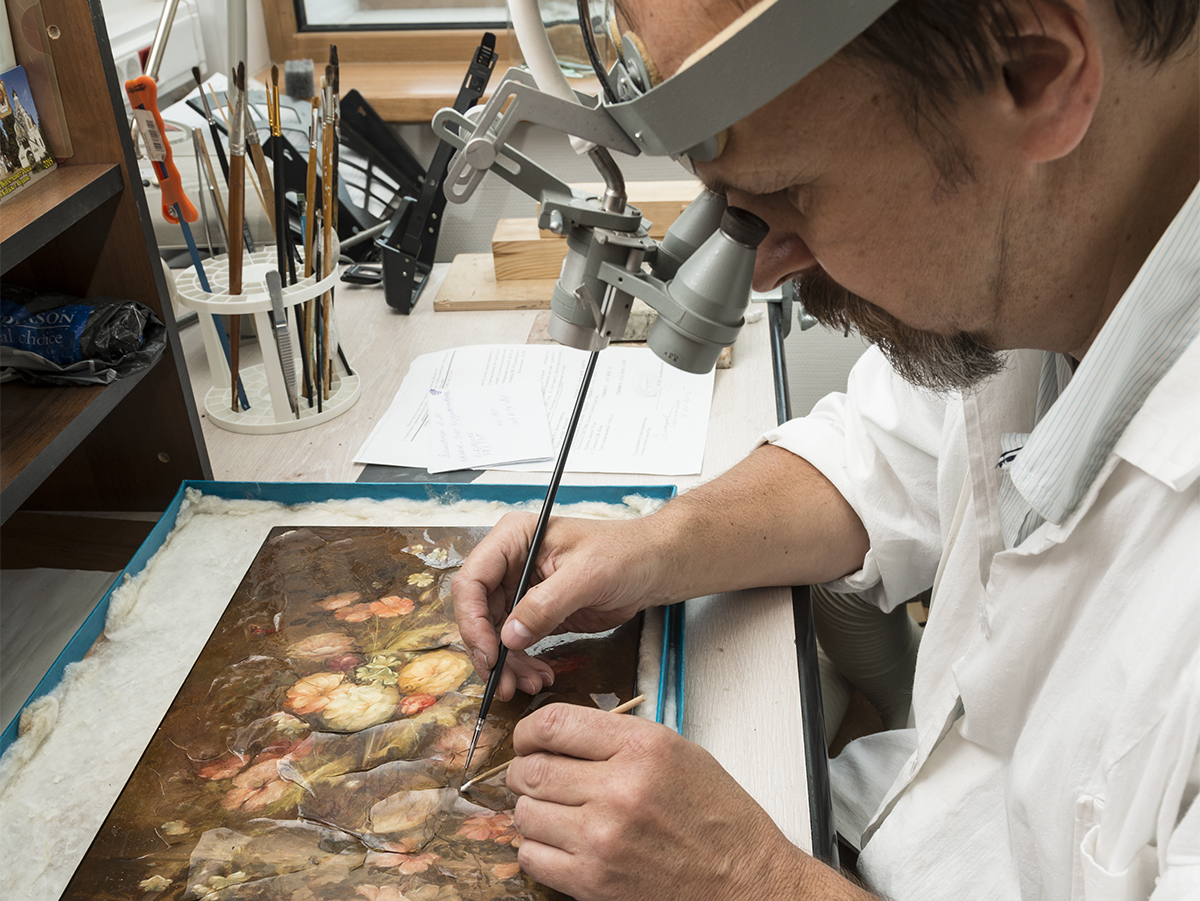
The Restorers
Since its inception, the workshop has been run by Vladimir Simonov, restorer of the highest class. A total of three art restorers are employed by the workshop, of whom two are restorers of the highest class.

Scientific Research
It is here that the most difficult and destroyed works of art – those that were seemingly doomed to be lost forever – were sent for restoration. And they continue to be sent here to this day.
Learn more >
Another aspect of the workshop's activities is the ongoing and meticulous training of interns and apprentices, many of whom are students in faculties of restoration at Russian universities or employees at the restoration workshops of the Tretyakov Gallery, the Pushkin State Museum of Fine Arts, the State Hermitage Museum and other museums.
Media
Ракушечная скульптура из грота в Кускове оказалась уникальной, и не менее уникальные по сложности методики были применены в процессе реставрации
В профессии «художник-реставратор» смысловое ударение обычно ставят на втором слове. Выставка в Научно-реставрационном центре имени Грабаря на первое место выносит художественное дарование специалистов этого уникального учреждения.
News
6 декабря состоялась церемония награждения победителей конкурса в области сохранения и популяризации объектов культурного наследия «Московская реставрация - 2019».⠀
На выставке представлены работы творческой группы реставраторов, сложившейся в 2007 году в стенах Центра имени Грабаря.
